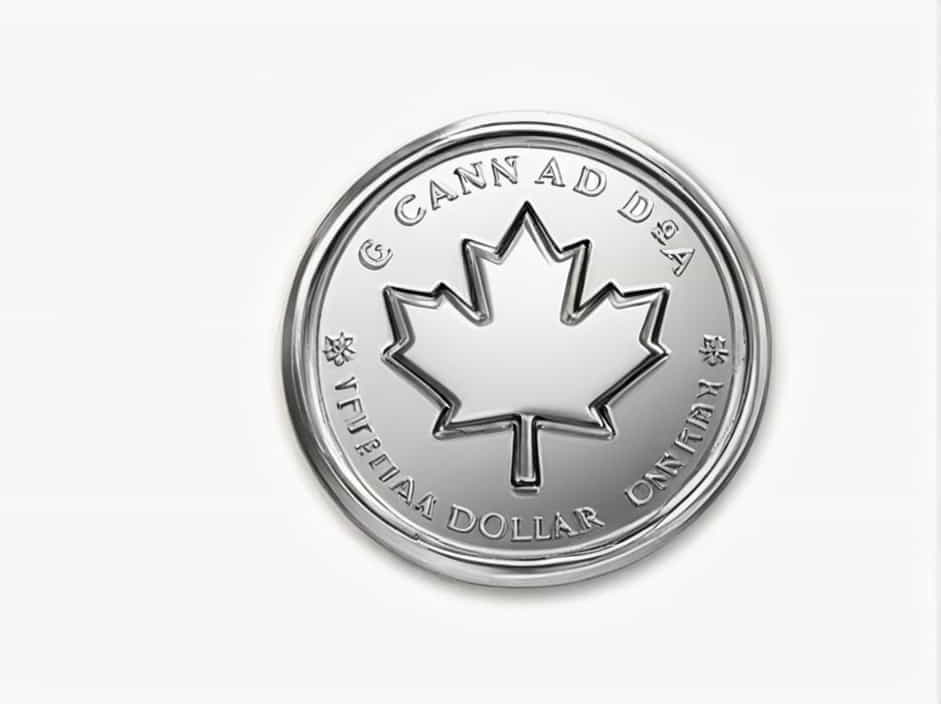The exchange rate between the Canadian Dollar (CAD) and the Indian Rupee (INR) is a crucial metric for individuals and businesses engaged in transactions between Canada and India. As of March 24, 2025, the exchange rate stands at approximately 1 CAD to 59.77 INR.
Factors Influencing the CAD to INR Exchange Rate
Several factors contribute to fluctuations in the CAD to INR exchange rate:
- Economic Indicators: Key metrics such as GDP growth, inflation rates, and employment figures in both Canada and India can impact currency values.
- Interest Rates: Differences in interest rates set by the Bank of Canada and the Reserve Bank of India influence investor decisions, affecting currency demand.
- Trade Balance: The balance of trade between the two countries, including exports and imports, plays a role in currency valuation.
- Political Stability: Political events and stability can lead to investor confidence or uncertainty, impacting currency strength.
Historical Trends
Historically, the CAD to INR exchange rate has experienced fluctuations due to global economic conditions, commodity prices, and geopolitical events. For instance, changes in oil prices can significantly affect the Canadian economy, given its status as a major oil exporter, thereby influencing the CAD’s value against the INR.
Practical Implications
For individuals and businesses:
- Remittances: Those sending money from Canada to India need to monitor exchange rates to maximize the value received.
- Imports and Exports: Businesses engaged in trade must consider exchange rates to price their goods and services competitively.
- Travel: Travelers should be aware of current rates to budget effectively for expenses.
Monitoring Exchange Rates
To stay informed about the latest CAD to INR rates:
- Currency Converter Tools: Utilize online platforms that provide real-time exchange rates.
- Financial News Outlets: Regularly check financial news sources for updates on currency movements.
- Bank Notifications: Subscribe to alerts from banks or financial institutions for rate changes.
Understanding the exchange rate between the Canadian Dollar and the Indian Rupee is essential for effective financial planning and decision-making. By staying informed about current rates and the factors influencing them, individuals and businesses can navigate the complexities of currency exchange more effectively.
